Like cooking your favorite dish, maintaining proper water chemistry for your vinyl in ground pool requires that you use the right ingredients and closely follow a proven recipe. That said, swimming pool maintenance is not as difficult as it can sometimes sound. With practice, pool maintenance can become second nature… just like creating that culinary masterpiece without having to look at the cookbook anymore.
How Water Chemistry Affects Pools and Pool Users
With the proper chemical balance, your pool water is crystal clear, your vinyl pool liner is smooth and clean, and your guests have a fantastic experience. If you allow the water to get out of balance, your water can exhibit cloudiness or algae growth, your liner may show staining or scaling, and your guests may report anything from skin irritation to water-borne illnesses.
The Right Chemicals in the Right Quantities
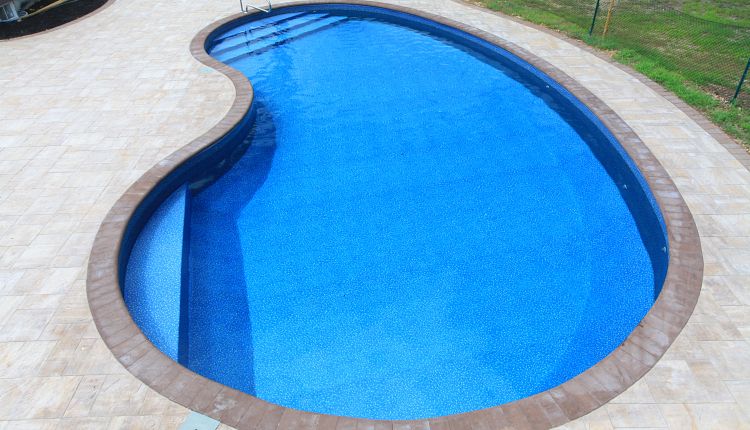
Vinyl Liner Pool | Kidney in Blue Seastone
Total alkalinity. Your pool water should have a total alkalinity of 80-120 parts per million (ppm). Too much above this level and you will have cloudy water and may see signs of scaling. As total alkalinity and pH level are related, you will see that your pH is high as well. Bring the alkalinity into balance before addressing the pH issue.
When alkalinity gets too low, you will likely have low pH as well, which can be damaging to your pool liner, as well as to o-rings and rubber seals. Here again, you must adjust alkalinity before pH, as the pH will be difficult to stabilize while the alkalinity is off.
pH. 7.2 – 7.8 is the normal range for pH. When the level is too high, you may see calcium deposits, cloudy water, and algae. When the level drops too low, your water becomes more acidic and this can result in eye and skin irritations. After bringing your alkalinity in line, adjust pH accordingly.
Calcium hardness. For vinyl pools, calcium should be between 150-250 ppm. A low level can result in foaming, which is unpleasant but shouldn’t harm the liner. If calcium hardness goes above 400 ppm, you will likely see a white, flaky crust on the liner and pool equipment. It also produces itchy skin. Adding calcium increaser or replacing some pool water with softer water are the corrective actions for these two situations respectively.
Chlorine. Free chlorine should be in the 1.0-2.0 range. If it remains too high for too long, it can pull chemicals out of the vinyl liner, decreasing its softness and pliability. It can also fade or bleach the liner. Frequent testing and adjustment will help you keep chlorine at the right level.
Your Partner in Pool Care
If you’re unsure on how to best balance your water chemistry, you can always bring a pool water sample to a local independent Latham Independent Builder in your area to have your water tested. Proper care and maintenance will keep your vinyl liner pool in tip-top shape and ready for endless family fun.
Originally posted 8/2017. Updated for relevance and clarity.

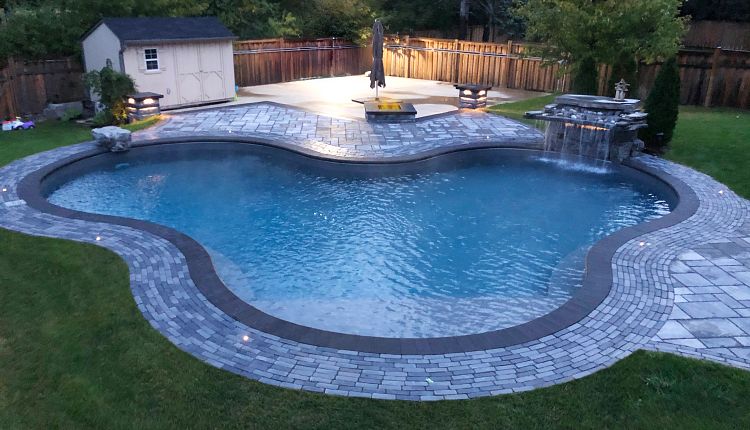

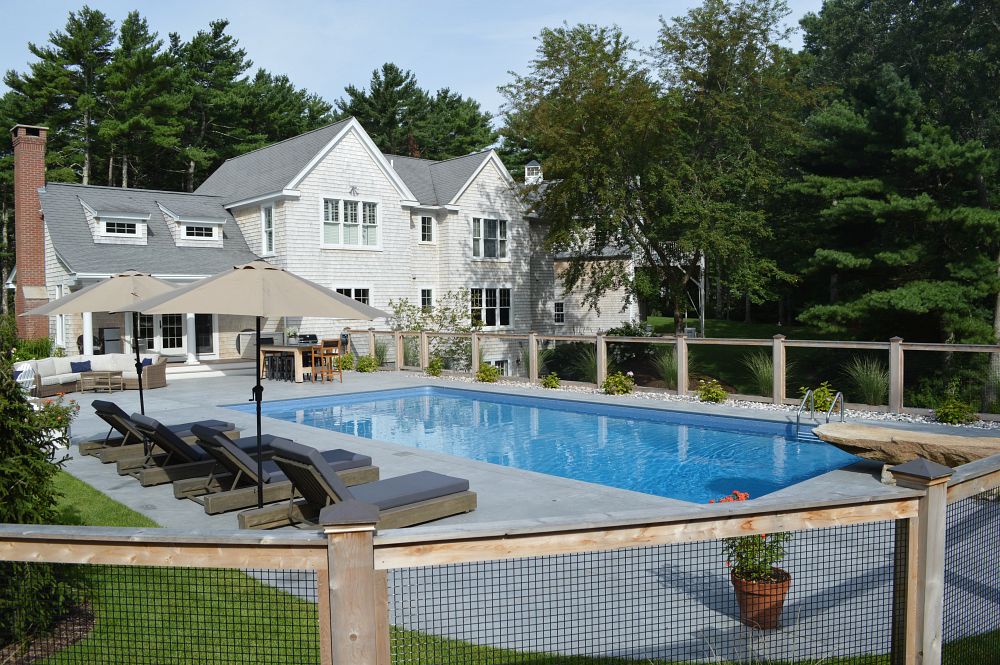
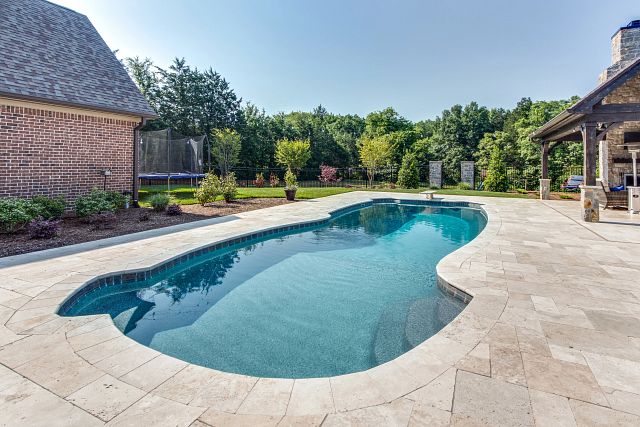
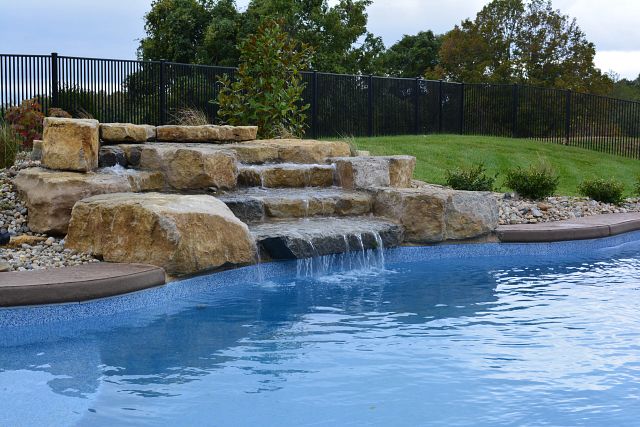
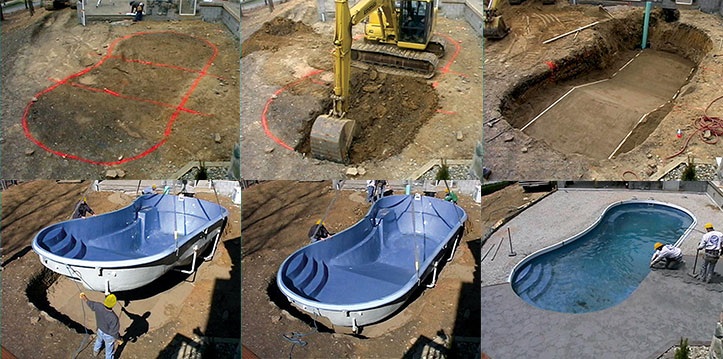
Join the discussion